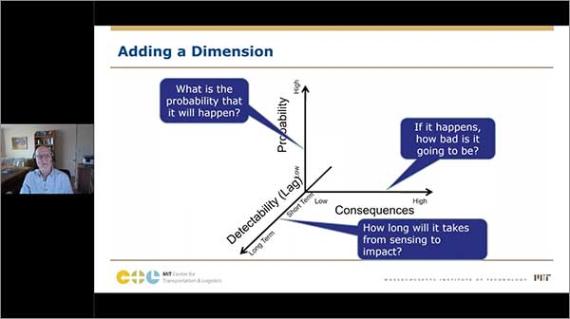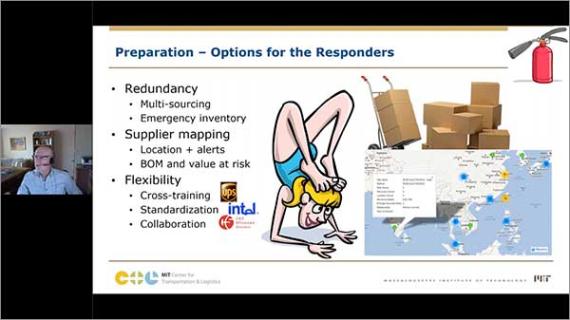The New (Ab)Normal: Reshaping Supply Chain Strategy
This webinar lays out the key findings of MIT Professor Yossi Sheffi’s latest book, The New (Ab)Normal: Reshaping Business and Supply Chain Strategy, in which he discusses how organizations can enable flexibility and agility and pivot toward the future.
Prepare your organization for disruption with the latest supply chain planning research from MIT
Prof. Sheffi and Dr. Madhav Durbha discuss the key findings from Prof. Sheffi's research, including:
- How companies can become more resilient when facing uncertainty
- Steps for creating a corporate immune system to quickly manage large-scale disruptions
- Ways to level the playing field between small and large companies leveraging technology
Civilization depends on supply chains to convert the planet’s bounty into products and to deliver those products affordably to nearly 8 billion humans. Recent world events exposed the critical role supply chains play in helping people, governments, and companies to manage that process.
In MIT Professor Yossi Sheffi’s latest book, The New (Ab)Normal: Reshaping Business and Supply Chain Strategy, he discusses how organizations can enable flexibility and agility and pivot toward the future. In this webinar, Dr. Sheffi discusses the research that he shares in this new book.


FAQ



